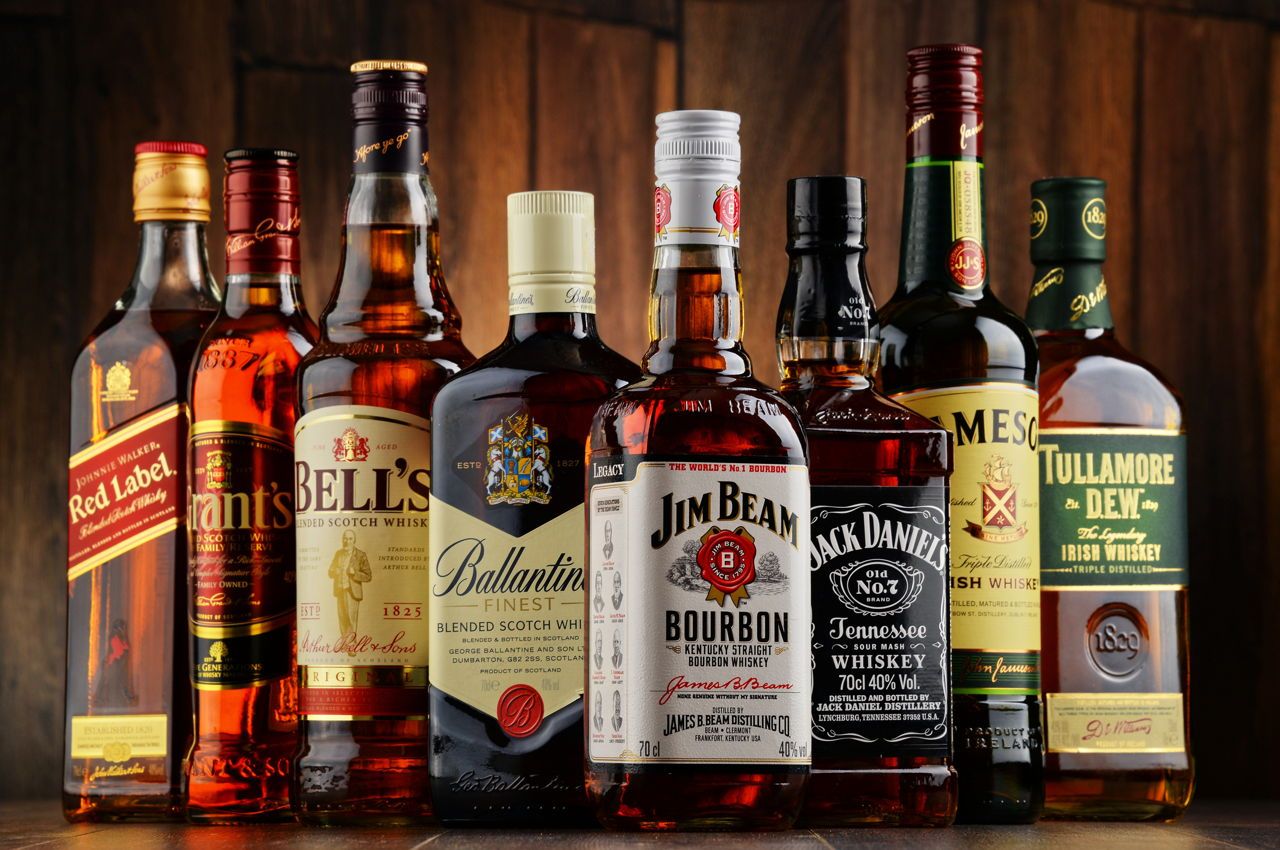Whiskey is a distillate, based on cereals, but to speak generically of this drink as if it were a single product is something very simplistic. There are, in fact, several types of Whiskeys depending on the country of production, the percentages of cereals used and the techniques used for distillation.
Indisputably, the world of whisky is bigger than many people realize, so for some people, it can be difficult to navigate its dimensions. For this reason, we would like to specify the various types of Whiskeys that exist.
There is, however, a main difference between whiskies that resides in the origin of the distillate, in addition, within these categories, there are subcategories that arise from the type of raw material used and the blends used.
The objective of this post is, precisely, to know the differences between the most famous whiskeys worldwide.
Table of Contents
What are the different types of Whiskeys?
The different types of Whiskeys They are distinguished by the characteristics of the places where they are produced that sometimes coincide with each other, while others are authentic rarities that make each sip a unique experience to taste. Next let's see the most famous whiskeys:
-
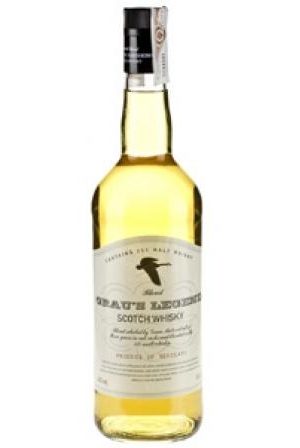 Grau’s Legend8,85€
Grau’s Legend8,85€ -
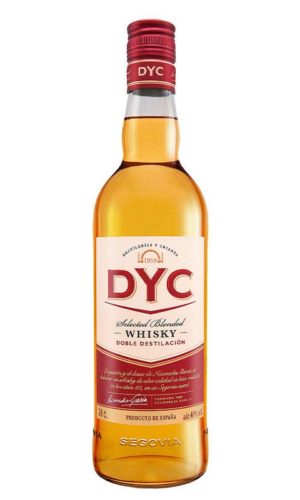 DYC9,80€
DYC9,80€ -
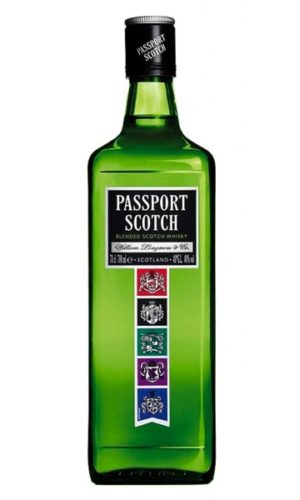 Passport17,15€
Passport17,15€ -
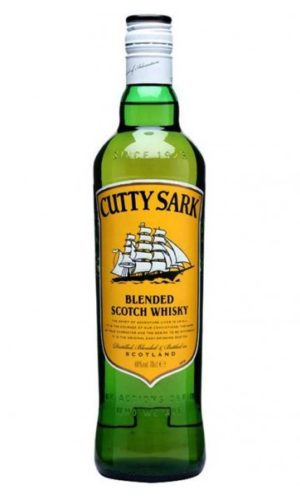 Cutty Sark12,95€
Cutty Sark12,95€ -
 Ballantines12,95€
Ballantines12,95€ -
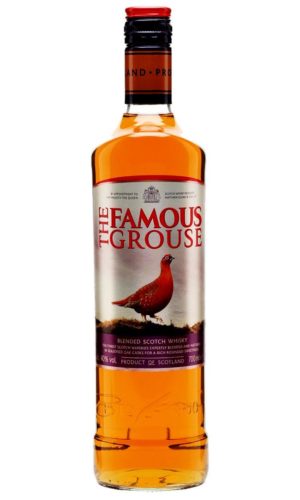 The Famous Grouse15,80€
The Famous Grouse15,80€ -
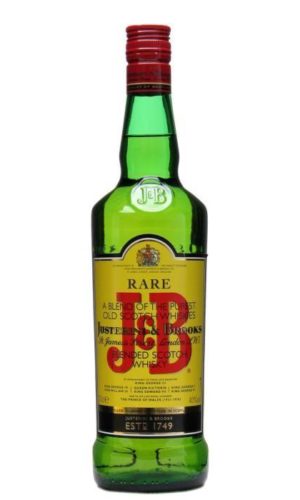 J&B12,85€
J&B12,85€ -
 Glen Garry12,90€
Glen Garry12,90€
Scotch Whisky
Undoubtedly, the Scotch whisky is the most important and valuable in the world. Now, there are several components that make Scotland the most relevant country for the production of this distillate.
On the one hand, there is a centuries-old experience, an authentic tradition in the distillation of cereals, on the other, there is a component linked to the territory that affects both the productive phase and the aging phase.
In the most important macro-category of Scotch whisky, there are several subcategories determined by the raw material used to obtain each product. Let's analyze them:
Malt
Single malt Scotch whiskies are produced by a single distillery and made from malted barley, not any other grain. For the manufacture of some products, however, the conditions provide for Possibility to use different malts (produced by the same distillery), while the ageing age shown on the label refers to the youngest malt among those that are part of the blend.
The famous Ardbeg 10, for example, is obtained by mixing different malts from the Ardbeg distillery, the youngest of which has a 10-year parenting. There are also single malts with undeclared age. These are NAS (No Age Statement) in which the distillery decides not to specify the minimum age of the malts contained.
In these cases, the disciplinary sanction of Scotch whisky provides for a minimum aging of 3 years. Generally, they are very young products, in other more mature products, as is the case with the Ardbegs Above.
Mixed
This is a subcategory that accounts for a large portion of whisky's turnover. It is obtained from a blend of Grain Whisky to which different Single Malts produced by different distilleries are added (in a smaller percentage). All this to achieve the right taste-olfactory balance.
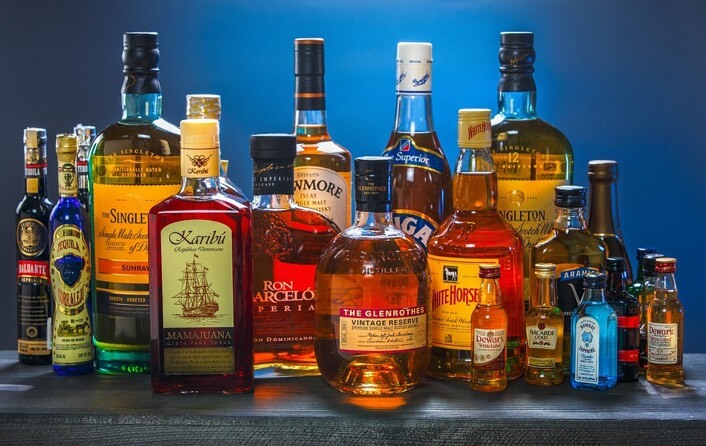
They are among the most popular, so it is no coincidence that they occupy a large part of the market. Among the best-known whiskies that belong to this subcategory, we can mention for example: Johnnie Walker, Ballantine's and Chivas.
Grain
It is one of the types of Whiskeys of lower diffusion compared to the Scottish. And it is obtained from distillation in a single distillery of malted barley to which other cereals are added. They are usually used for blending, since they are little appreciated by connoisseurs, except for sporadic labels with particularly long breeding.
Irish
"Irish" identifies the product distilled and aged in Ireland, exactly like "Scotch" identifies the product distilled and aged in Scotland. Ireland is the only nation that can dispute the origins of this product, even its history and tradition of producing and selling whisky in the world has been passed down for hundreds of years.
Irish whiskies are roughly divided into the same subcategories as their Scottish cousins, depending on the raw materials used and whether they are distilled at a single distillery or blend.
Of course, these types of Whiskeys they are much less common in Spain than the Scots and have small differences, given that the Irish adopt a triple distillation compared to twice that of the Scots.
American
We are talking about whiskeys produced and aged in the United States, the main distinctions are related to the raw materials used and secondly to the production areas. Let's see in detail what they are.
Bourbon
Bourbon is the most widespread and appreciated American distillate, a good quality product. Its peculiar characteristic is defined by the production discipline that Requires the use of a minimum of 51% corn and an aging of at least 4 years in charred American oak barrels.
Pure Bourbon whisky
It is a complete bourbon, the only difference is in aging, instead of 4 years as in Bourbon, the minimum is 2 years for Straight. These types of Whiskeys They tend to be products used for cocktails. One of the best-known examples is Bulleit Straight Bourbon.
Rye
Unlike bourbons, rye whiskeys are made with a minimum of 51% rye. Its taste is less sweet, more herbaceous than Bourbon, in addition, aging, as in the case of Bourbon, must have been at least 4 years old.
De Tennessee
It is essentially Bourbon produced in the state of Tennessee, with the only difference that in this case, before bottling, a filtration with maple charcoal is carried out that accentuates the smoky notes. The whisky of Tennessee most famous is undoubtedly the Jack Daniels.
Canadian Whiskey
Canadian whiskeys use different raw materials for their elaboration, with a predominance of rye, barley and corn. Later Pure beet alcohol is added to the mixture, which serves to reduce the decidedly dry character that rye gives it.
Japanese Whiskeys
Born as emulators of the Scotch whisky, currently Japanese whiskeys have their own character and include products of excellent quality that have often stood out in events in the sector to the detriment, even, of Scotch whisky.
Among the types of Whiskeys Japanese There are two main differentiations: single malt and blended. And although each distillery has its own distinctive features, Japanese whiskeys are very fragrant, serene and elegant. The main distilleries of the Rising Sun are Nikka, Suntory, Yamazaki.
-
 Springbank 10 Years93,60€
Springbank 10 Years93,60€ -
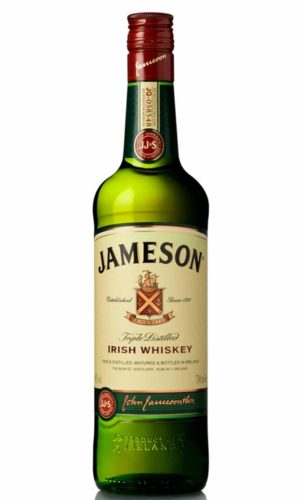 Jameson19,80€
Jameson19,80€ -
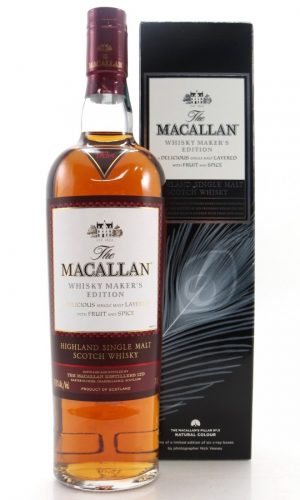 Macallan Maker's Edition123,75€
Macallan Maker's Edition123,75€ -
 Glenturret 12 Años38,90€
Glenturret 12 Años38,90€ -
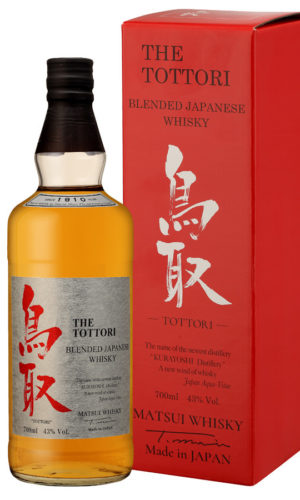 The Tottori33,45€
The Tottori33,45€ -
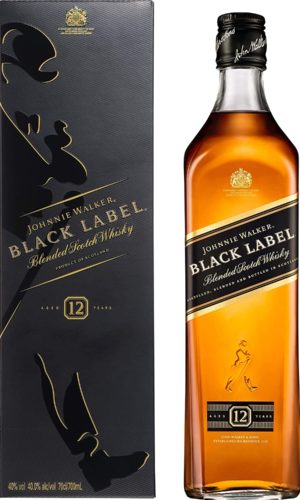 Johnnie Walker Black Label 12 Años29,90€
Johnnie Walker Black Label 12 Años29,90€ -
 Jack Daniel's Silver Select40,90€
Jack Daniel's Silver Select40,90€ -
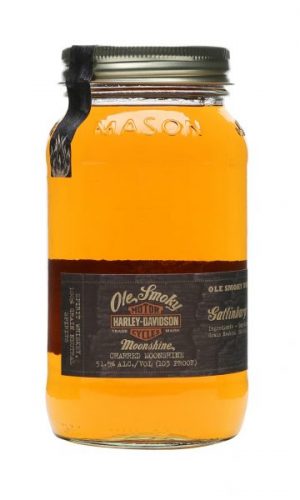 Ole Smoky – Harley Davidson43,50€
Ole Smoky – Harley Davidson43,50€
Conclusions
The different types of Whiskeys That are produced all over the world belong to cultures and geographically distant areas, however, they have something in common: they are united by the passion to create a distillate with millenary origins.
Of course, different production techniques differ mainly in the nature and proportions of the cereals used as raw material, but often also in the methods of distillation and maturation.
The world of whiskeys, in short, is decidedly complex and articulated, so there are several types. So There is a lot to try before choosing your favorite.

